Nieuport 17 Billy Bishop
Production Time 9 to 10 weeks
Shipment is by FedEx, UPS or DHL International Express Courier with a normal door-to-door delivery time worldwide of within 2-3 business days after dispatch. Due to the current volatility of world fuel prices, the amount mentioned here is our best estimate for DHL and UPS and may be subject to change at the time of shipping.

Model Description: Nieuport 17 Billy Bishop Wood Replica Scale Custom Model
Manufacturer: Nieuport
Wingspan: 15 Inches (38.1 Centimeters)
Height: 5 Inches (12.7 Centimeters)
Scale: 1:19
$279.50
Production Time 9 to 10 weeks
-
United States dollar ($)
-
Pound sterling (£)
-
Euro (€)
-
Australian dollar ($)
-
Canadian dollar ($)
-
Singapore dollar ($)
-
Swiss franc (CHF)
-
Japanese yen (¥)
-
Danish krone (kr.)
-
Hong Kong dollar ($)
-
Norwegian krone (kr)
-
Swedish krona (kr)
-
United Arab Emirates dirham (د.إ)
General Product Description
Our PlaneArts Nieuport 17 Billy Bishop model exhibits unique, unrivaled quality and detailed design to come as close as possible to the accuracy of the actual plane. It comes as standard with a robust, durable base or stand which is available in a variety of different finishes designed to match your own personal requirements including solid wood, wood with polished metal supports or adjustable wood wall mount and will be ready within about 9-10 weeks from placement of order.
The Nieuport 17 Billy Bishop model is made of the finest kiln dried renewable mahogany wood (commonly known as Lauan or Meranti) which has undergone many stages of carving and meticulous and careful sanding giving the beautiful, finished museum quality masterpiece. Many collectors and model connoisseurs demonstrate their preference for genuine handmade and hand painted mahogany wood models rather than plastic or die cast (diecast) alternatives due to the overall look and totally different feel of the item - we trust you will find the same. We can however, if required produce the same model in Solid Cast Resin so just click and contact us for further information. Our craftsmen and gifted artisans ensure that our finely handcrafted model airplanes match the precise blueprint details of the original aircraft. The paint scheme, markings and parts are closely matched, reflecting the original aircraft. This stylish top-quality desktop replica model will surely enthrall anyone who receives this as a gift and for sure one of the most appropriate and desirably collectable gifts for any early aviation enthusiast and avid vintage aircraft collector whilst also displaying a perfect resemblance to the actual real aircraft.
If you require, we can also make the Nieuport 17 Billy Bishop model in any other airline, private livery or colour scheme you require and if necessary, in a different size or scale. Just click here to contact us with a description or photographs of what you require, and we will let you have a quotation for the necessary customization by return email. We can also make bespoke scale replicas of any other private / civil commercial airliner or airliners, helicopter, glider, gliders with engines, military jet, warplane jets, propeller warplanes, biplane, triplane, tail fin, spacecraft, rocket or NASA model you require in any airline, military or civilian livery or colors. We also produce model airships, blimp, dirigible, blimps, boat and ship collectibles. Wall plaque or seal for military, government or private customers. Again, by clicking here to contact us just let us know exactly what you need.
The Nieuport 17: Billy Bishop’s Warbird
The Nieuport 17 stands as one of the most iconic aircraft of World War I, particularly because of its association with famed Canadian ace Billy Bishop. This article delves into the history of the Nieuport 17, its role in the war, and how it helped Bishop become a celebrated war hero.
Development and Design:
The Nieuport 17 was a French biplane fighter aircraft that first flew in January 1916. It was an evolution of its predecessor, the Nieuport 11, which itself had been a response to the German Fokker Eindecker. With a more powerful engine, larger wingspan, and improved aerodynamics, the Nieuport 17 offered superior performance and agility—qualities that made it a favorite among many pilots of the Entente powers.
The aircraft was powered by a Le Rhône 9J rotary engine, producing 110 horsepower, which allowed it to reach speeds of up to 177 kilometers per hour. Its armament typically included a single synchronized Vickers machine gun, although some models were fitted with a Lewis gun on the top wing, overcoming the synchronization gear’s limitations.
Billy Bishop and the Nieuport 17:
Billy Bishop was one of the most prominent pilots to fly the Nieuport 17. Born in Owen Sound, Ontario, Bishop was originally a cavalry officer before transferring to the Royal Flying Corps. His prowess as a pilot was quickly recognized, and he was soon flying Nieuport aircraft, with the Nieuport 17 becoming his most famous mount.
Bishop’s most legendary exploit in the Nieuport 17 occurred on June 2, 1917, when he claimed to have attacked a German aerodrome single-handedly at dawn. During this raid, Bishop reported that he had downed multiple enemy aircraft. This daring feat earned him the Victoria Cross, the highest military decoration awarded for valor in the face of the enemy to members of the British and Commonwealth forces.
Critics and historians have debated the veracity of Bishop’s account, but the tale remains a significant part of his legacy and the mythology of the Nieuport 17. His total wartime record claims 72 victories, making him the top Canadian ace of World War I.
Operational History:
The Nieuport 17 saw widespread use not only in the French Air Force but also among other Allies, including the British, Italian, and Russian air forces. Its agility and speed made it a formidable opponent against German aircraft until the arrival of newer fighters like the Albatros D.III.
Despite its initial superiority, the Nieuport 17 was eventually outclassed by both newer Allied designs and more advanced German fighters. It was replaced by more robust and heavily armed aircraft such as the SPAD XIII. However, its impact on air combat during its prime was undeniable.
Legacy:
The legacy of the Nieuport 17, especially in conjunction with Billy Bishop’s exploits, represents a significant chapter in the history of aerial warfare. Museums around the world, including the Canadian Warplane Heritage Museum, preserve this legacy, displaying restored Nieuport 17s and educating the public about their historical significance.
Billy Bishop’s story and his association with the Nieuport 17 have inspired countless individuals regarding the bravery and innovation of World War I pilots. The aircraft remains a symbol of the era’s daring dogfights and the pilots who risked their lives in the skies of wartime Europe.
| Weight | 6 kg |
|---|---|
| Dimensions | 12.1 × 15 × 5 in |


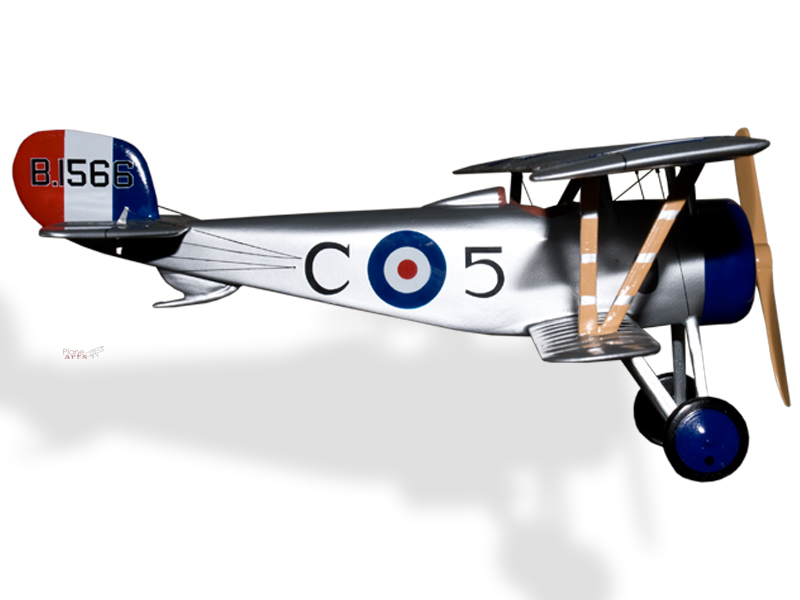
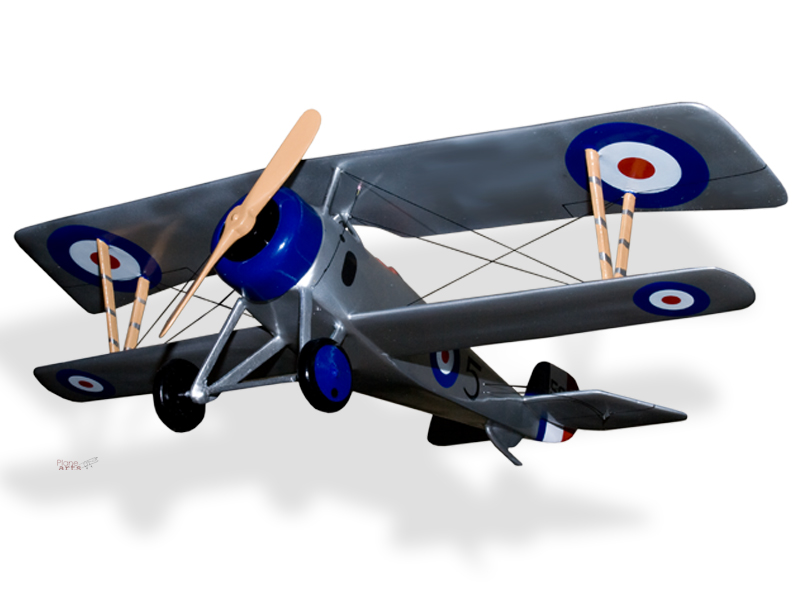
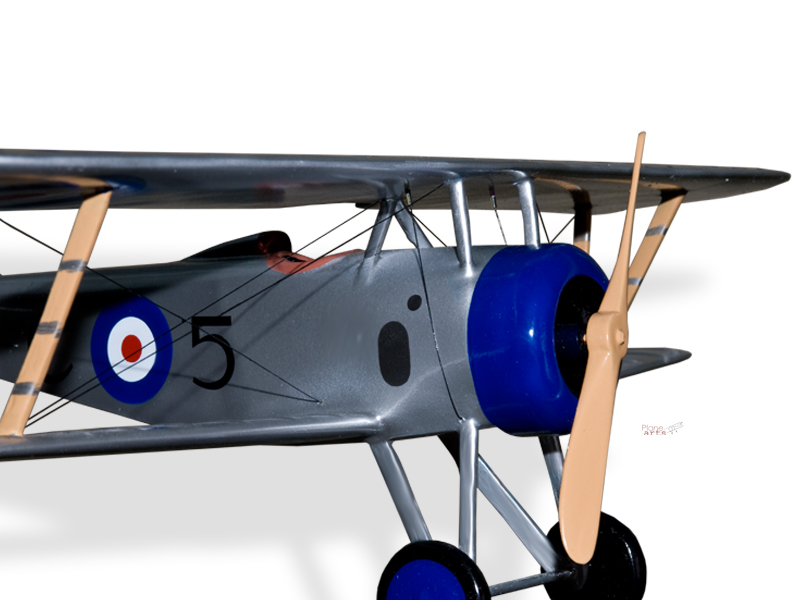
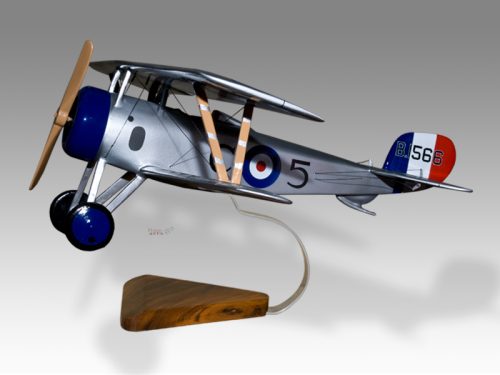
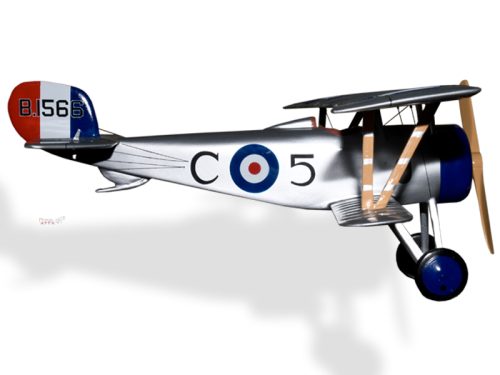
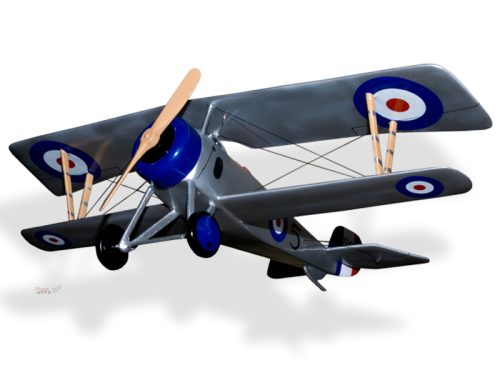
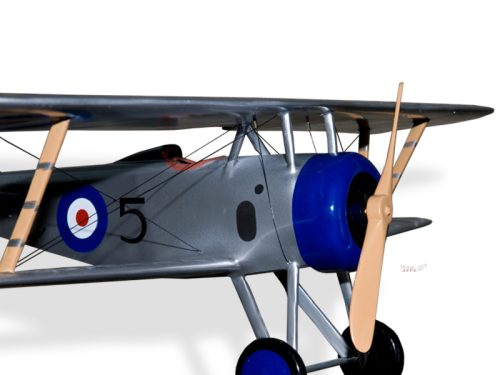
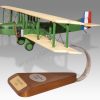

Reviews
There are no reviews yet.